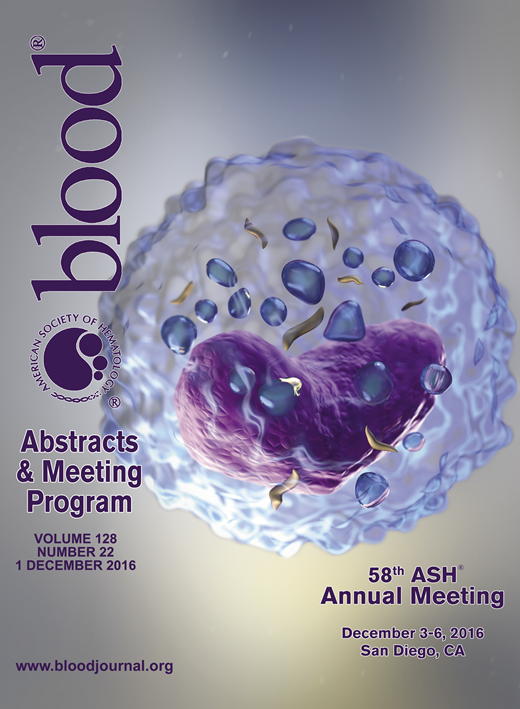Abstract
Each transfusion requires 200-300 billion platelets in patients with thrombocytopenia. To continuously supply such a huge number of platelets by ex vivo generation, two distinct steps, megakaryopoiesis and platelet shedding, must be both considered. For the former, one approach is to increase the number of source cell, megakaryocytes. For example, the immortalized megakaryocyte cell line (imMKCL) system uses self-renewing megakaryocyte (MK) cell lines derived from induced pluripotent stem cells (iPSCs) (Nakamura et al., Cell Stem Cell, 2014). For the latter, there have been an idea of bioreactors whereby shedding of platelets from proplatelets could be promoted by flow-dependent shear force within the bone marrow in vivo (Junt et al., Science, 2007; Zhang et al., J Exp Med, 2012). Based upon this idea, we constructed a flow chamber type bioreactor recapitulating in vivo blood flow shear rate. However, this bioreactor failed to efficiently yield platelets, and moreover, the produced platelets had poor quality as indicated by high Annexin V levels (Exp Hematol, 2011 and unpublished result).
Recently, we demonstrated two different kinetics of platelet biogenesis from bone marrow MKs, whereby either thrombopoietin (TPO) mostly regulates steady-state shedding of platelets from proplatelets, or interleukin-a (IL-1a) triggers inflammation-dependent rupture of MK cytoplasm contributing to a quick increase of platelet count at higher rate (Nishimura et al., J Cell Biol, 2015). However, the rupture type platelets revealed shorter half-life with relatively higher Annexin V levels. Therefore, to gain insights from platelet biogenesis in vivo, we focused on biophysical analysis of steady-state platelet biogenesis via proplatelets in bone marrow. Our observations strongly indicated that the presence of 'vorticity' defined by vortex turbulence in addition to shear-dependent 'stress' and 'strain' correlates with the efficient shedding of competent platelets. From this new finding, we developed an alternative bioreactor system, which enabled generation of 100 billion platelets from imMKCL in a 16L-scale liquid culture condition without any adherent machinery using two 10L-bioreactors. Furthermore, platelets generated via new bioreactors showed low Annexin V levels (<10-15%) and shortened bleeding time post transfusion into NOG mice and rabbits with thrombocytopenia, comparable to human blood product platelets. Regarding the platelet production using WAVE bag system (GE healthcare, UK), the system is already clinically available for cord blood cell expansion in most countries, but lacks adequate levels of vorticity and shear strain/stress. Accordingly, the produced platelets had high Annexin V levels (i.e., 50-65%) as well as diminished yield efficiency (P<0.001).
In conclusion, our study has uncovered the novel biophysical aspect of platelet biogenesis. The application of the new set of physical parameters in constructing large sized bioreactors shall facilitate the industrialization of platelet production.
Eto:Megakaryon Co. Ltd.: Research Funding.
Author notes
Asterisk with author names denotes non-ASH members.

